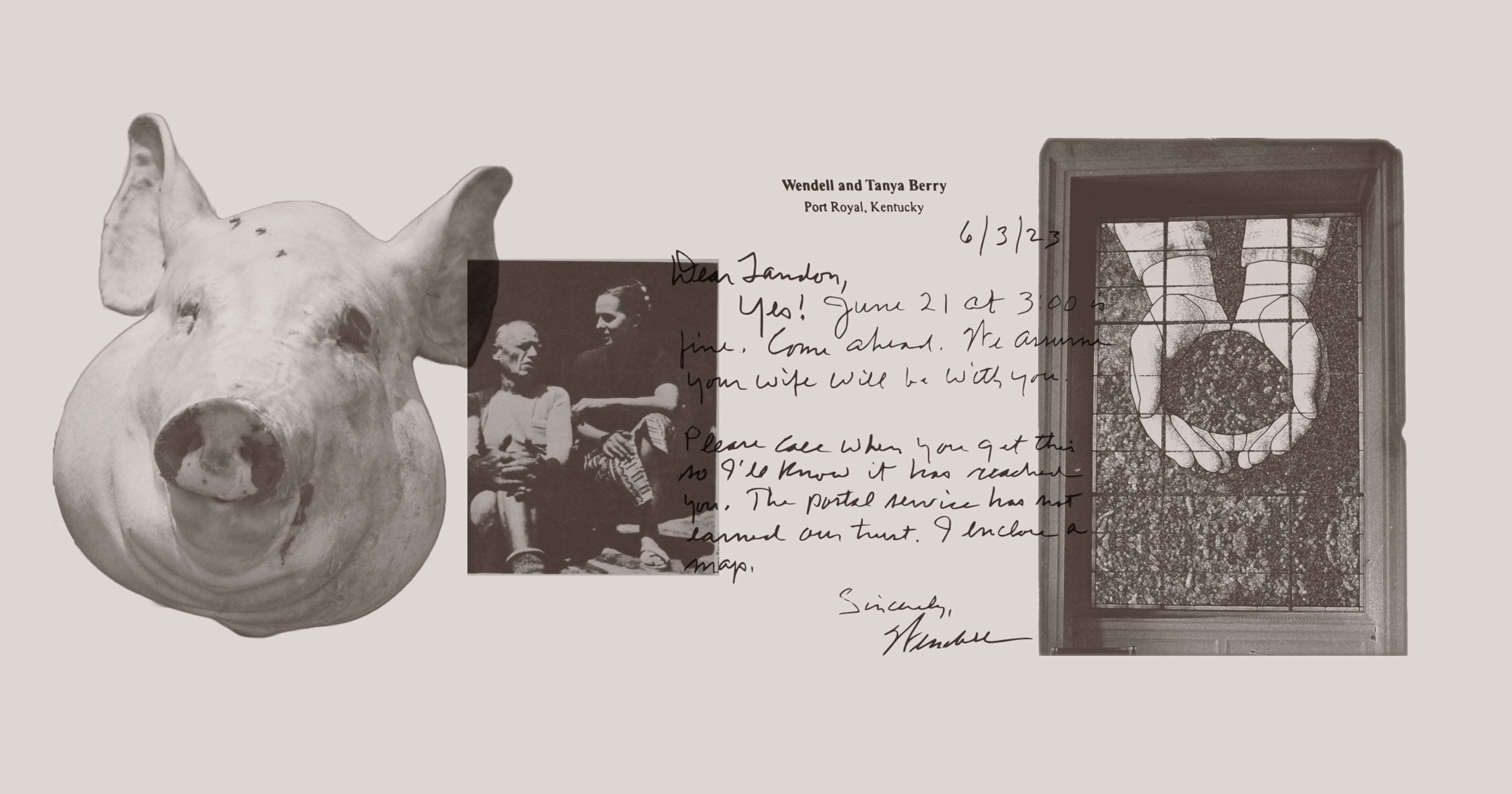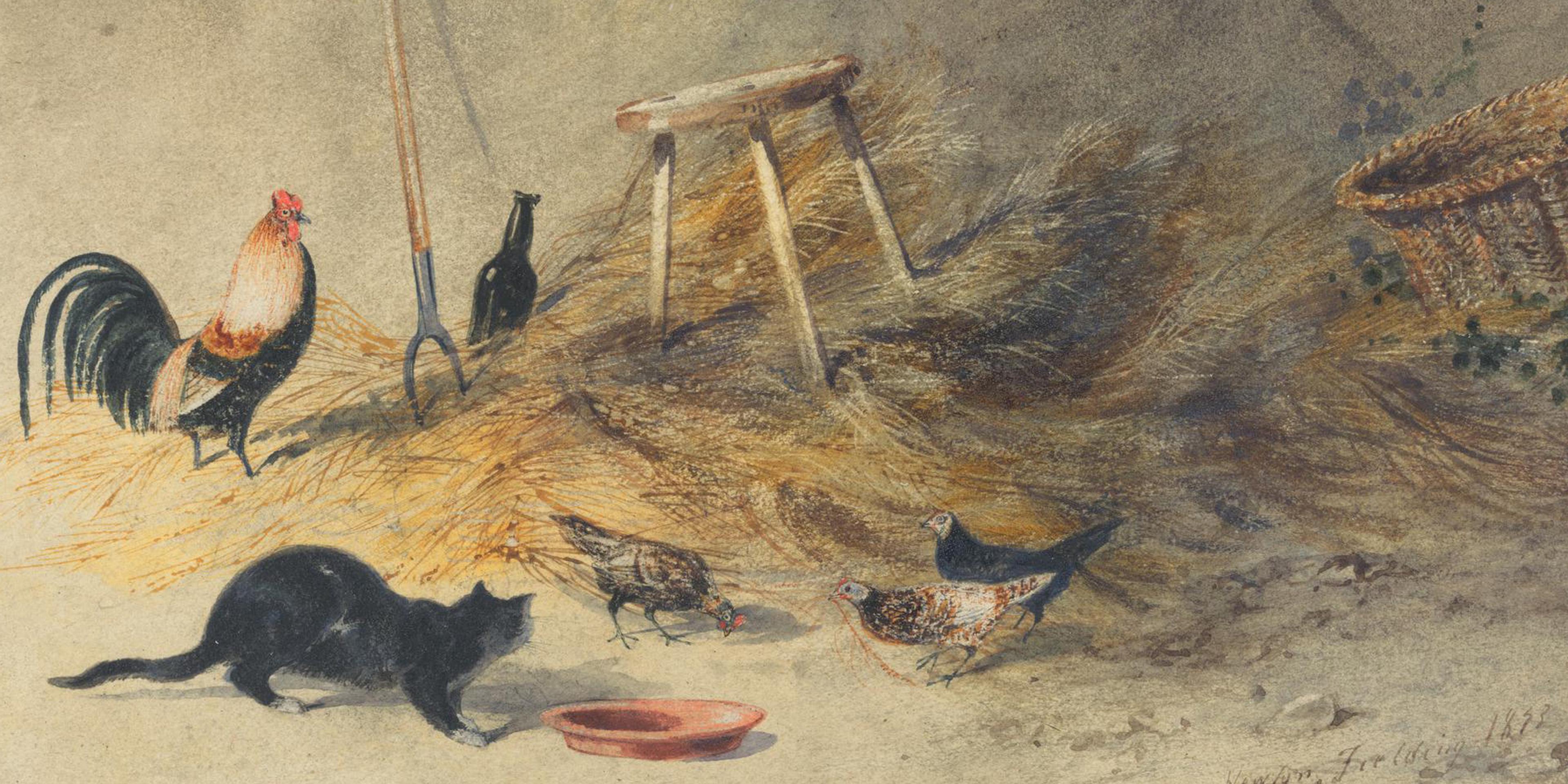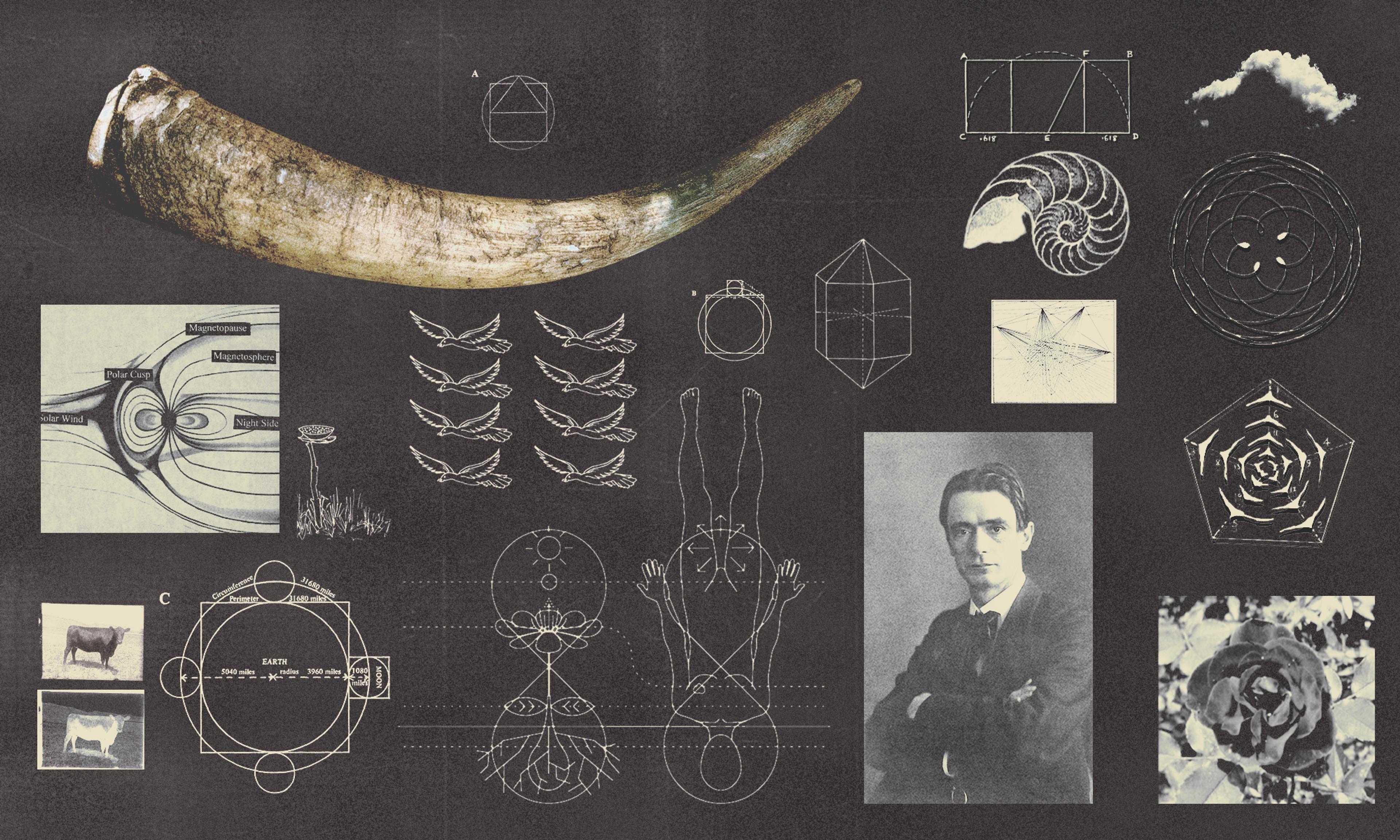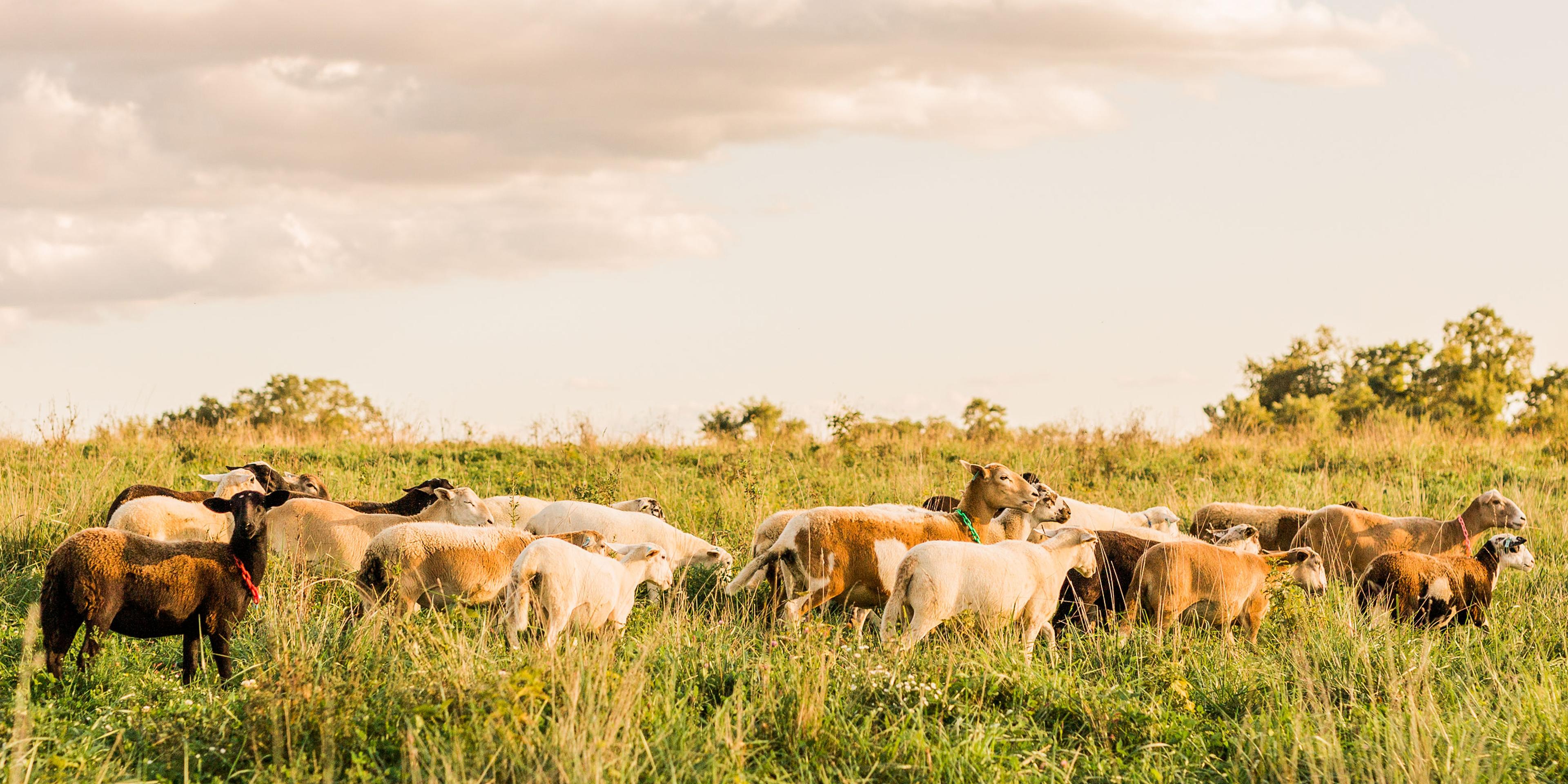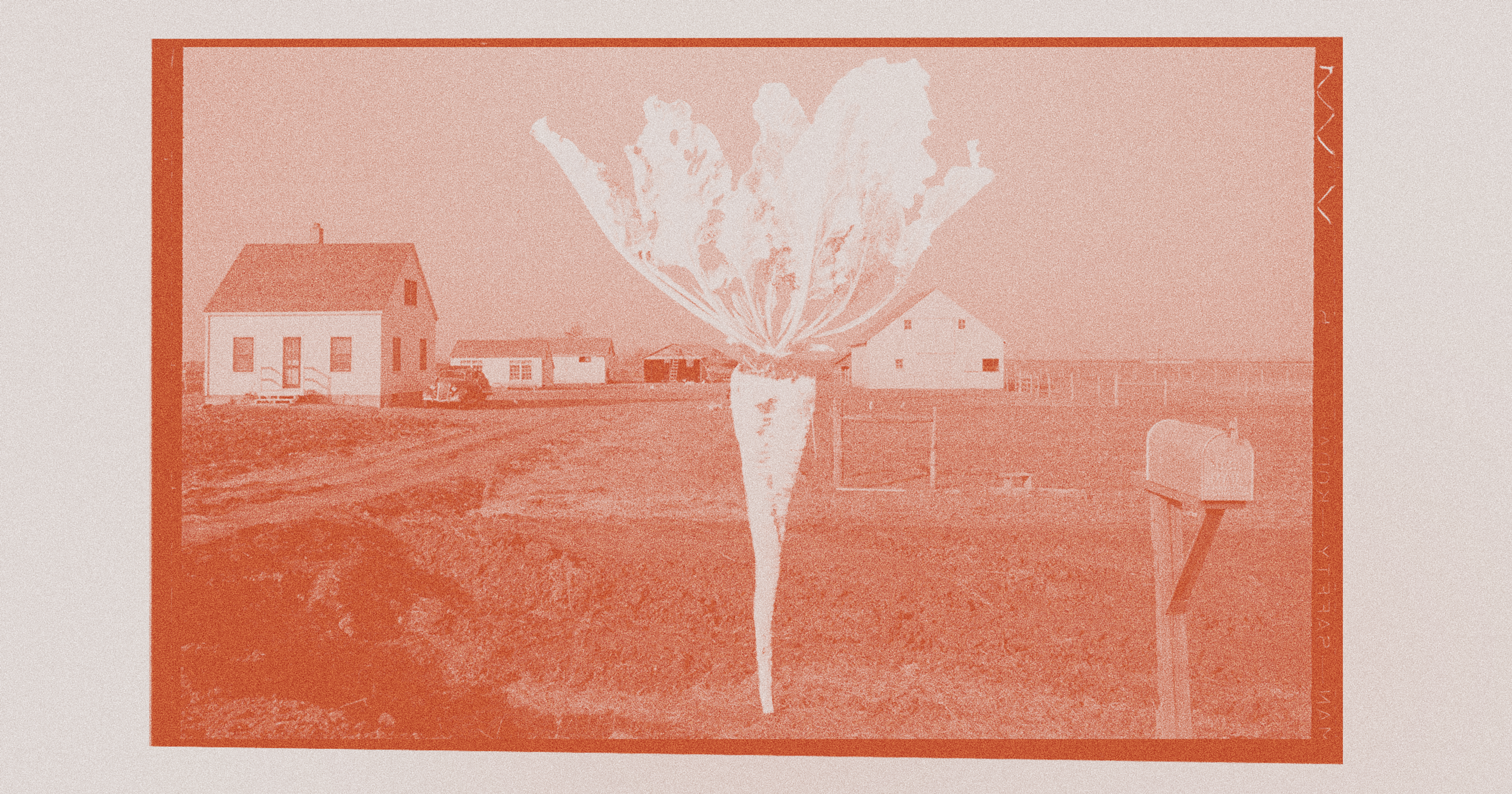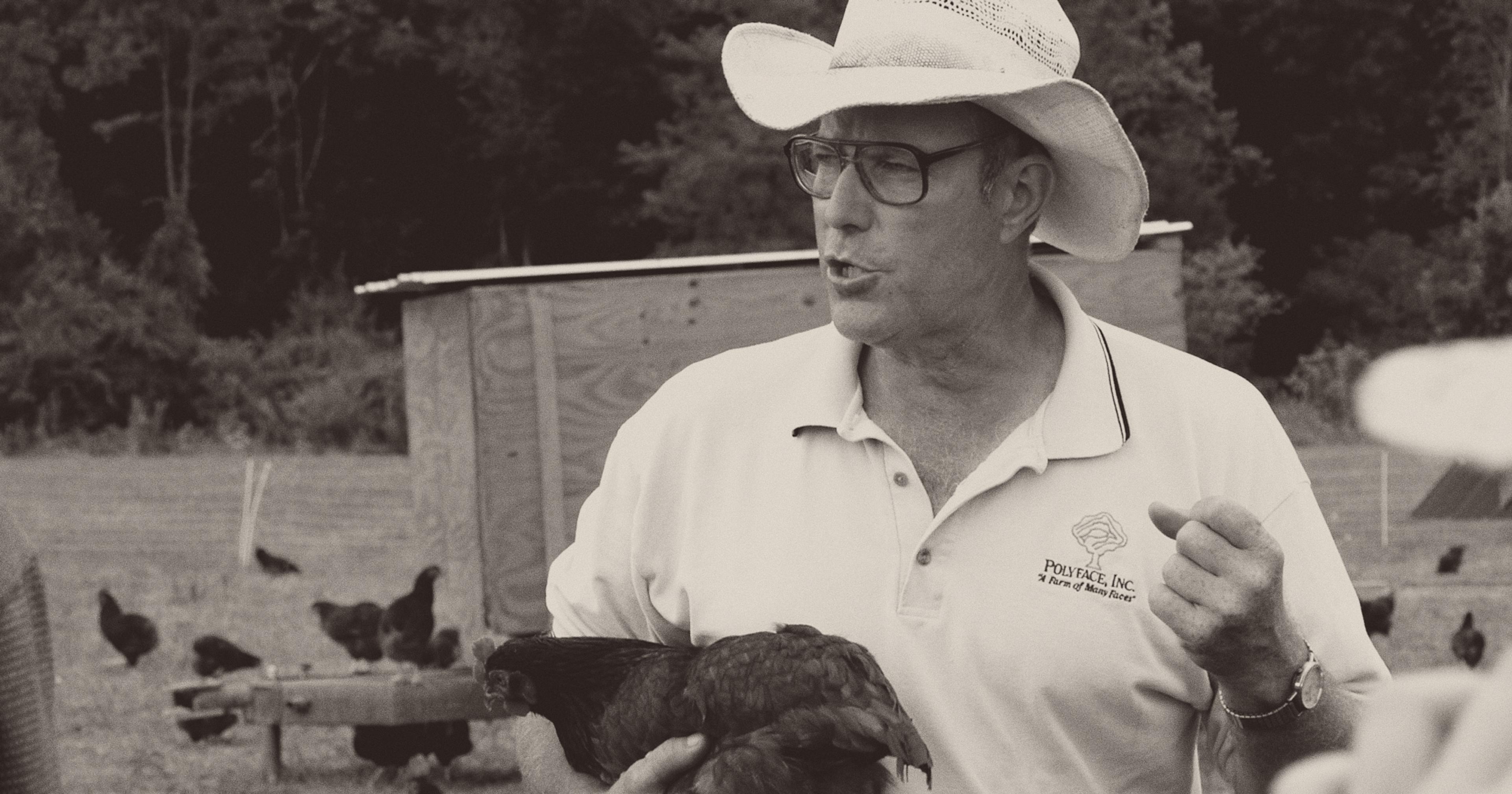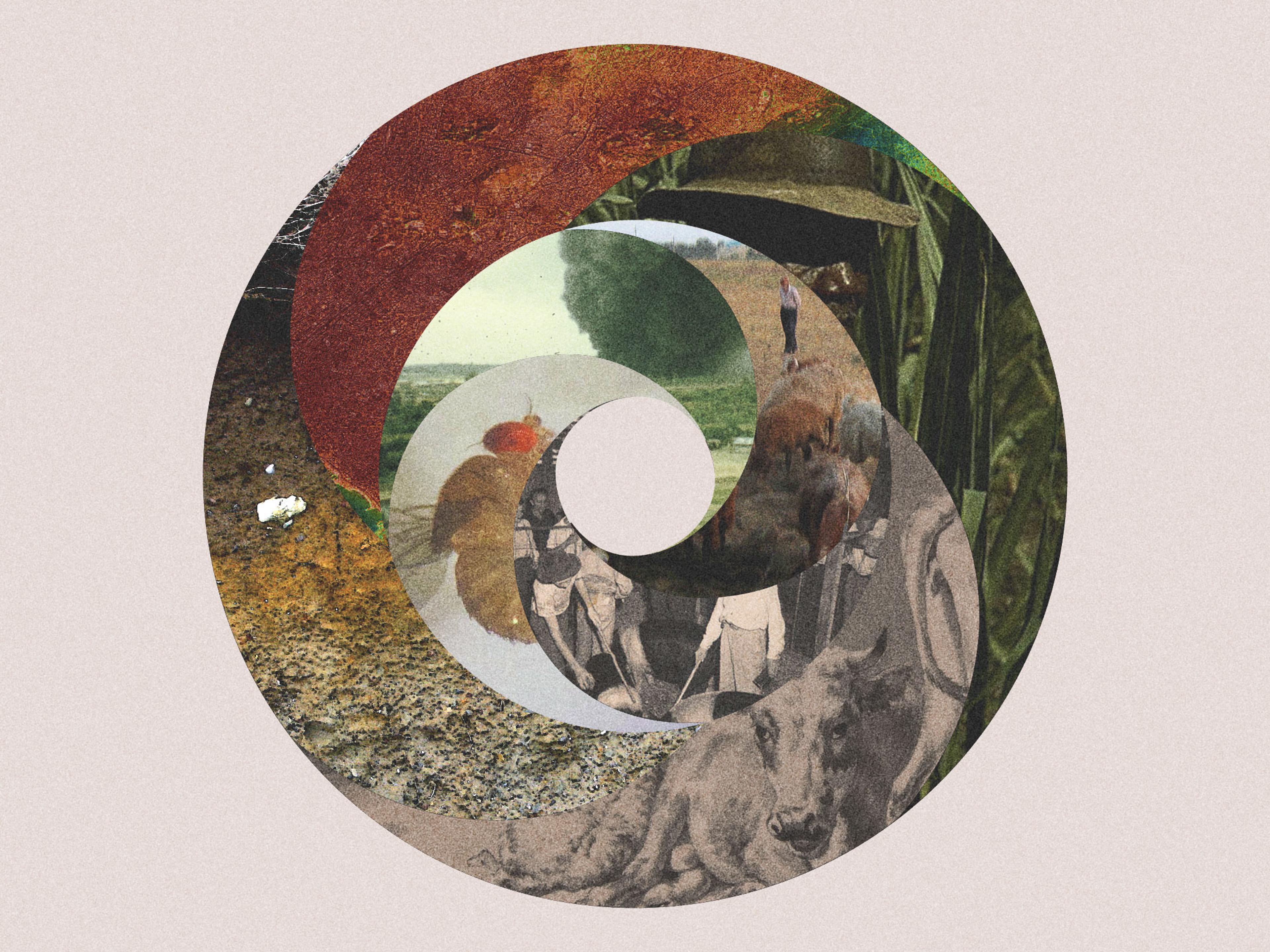A roundup of last year’s best and brightest from Ambrook Research.
At the end of last year, I asked some of my colleagues to share their favorite Ambrook Research stories from 2023. They did a great job, but this year I talked to a different group of coworkers — plus our loyal readers. What emerged is an eclectic, fascinating sampling of our best journalism and perspectives from 2024. I hope you love reading these as much as I loved editing them.
Our Favorites
I really enjoyed Taylor Hartman’s recent piece Growing Grapes in the High Desert. After reading books like Cadillac Desert about how the rate of agricultural water usage exceeds that of natural replenishment for crops in significant portions of the U.S., I found it interesting and hopeful that farmers in the deserts of Utah have identified grapes as a water-efficient crop that results in a high-value product.
Rethinking what we grow and where feels like an important consideration as we experience more extreme weather and resource constraints, and it was exciting to read about a case where this has shown positive early results.
-Katie Ellig, Product Ops
I discovered Ambrook Research in March, and since then my favorite read was The Boat Forest by Rebecca McCray. It touched many points of interest — from evoking memories of visits to the USS Constitution in Charlestown, to reminding me how all of us are impacted by agriculture in ways that are sometimes obvious but often overlooked.
-Tom Woolway, Engineering
I absolutely loved Beth Hoffman’s What the Neighbors Think, sharing how her “unconventional” methods (rotational grazing, goats for clearing weeds) didn’t bother her neighbors as much as she thought they might. The neighbor’s response — “It takes crazy to make change” — are words to live by, I think.
-Dan Schlosser, Ambrook Co-Founder
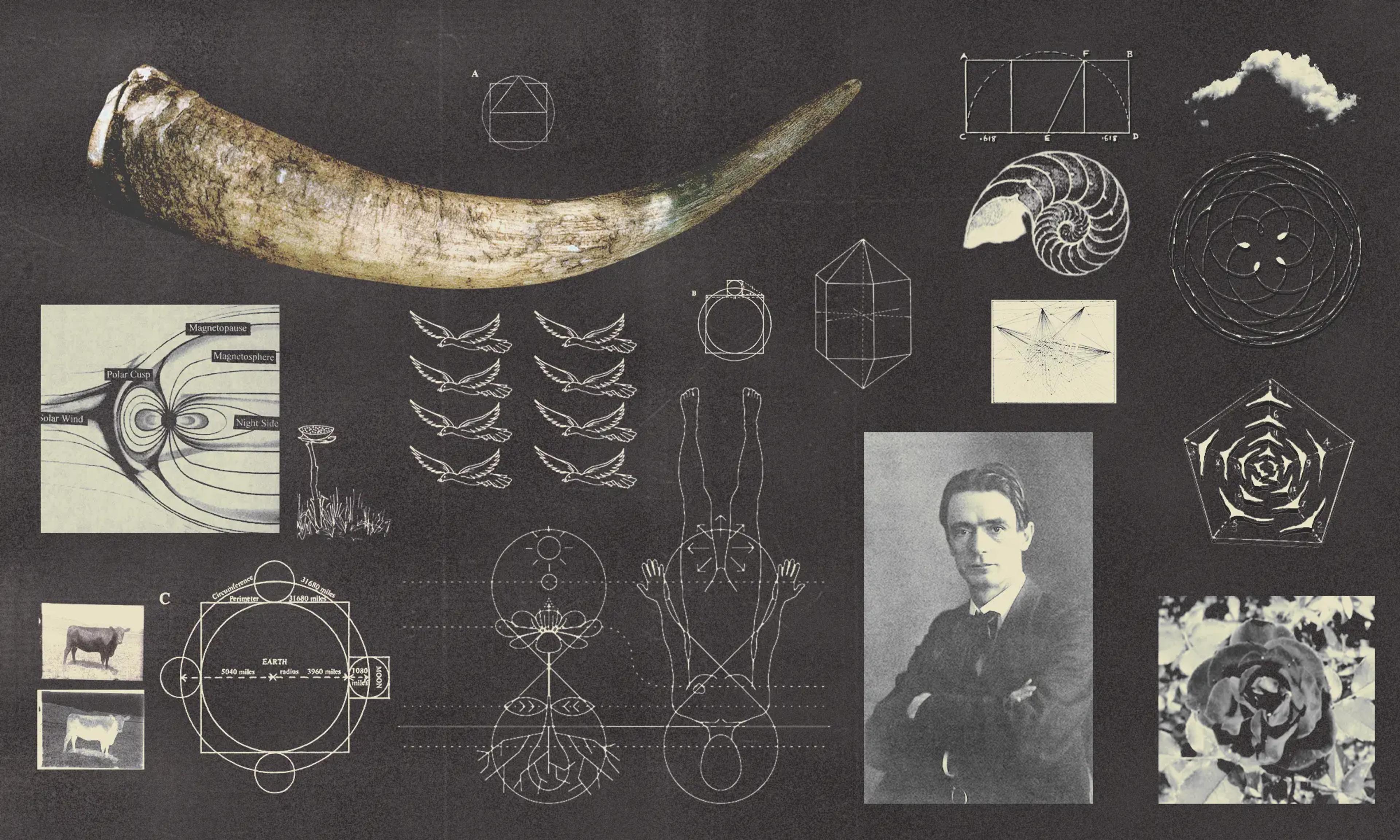
This biodynamics article is the best thing I’ve ever read.
-Adam Dixon, Graphic Design
My favourite part of helping copy edit the newsletter every week is learning something new (and maybe a bit controversial) about the food system. One of my favorites this year was about the Amish-Chinese mushroom collaboration. It reminded me a lot of my favourite Eater piece on the mysterious Pakistani mango supply chain. They both reveal how systems will emerge in the most unexpected places and how the merging of very different cultures can happen.
-Jaclyn Chan, Engineering
I really connected with Elissa Welle’s Meet Superblack Wood because it hits close to home for me. My dad used to run a textile factory in Madagascar, but political turmoil forced him to leave. It’s heartbreaking to see how that chaos has led to things like illegal logging of ebony trees. Reading about the science behind “superblack” felt like a glimmer of hope — like there’s a way to work with the land sustainably instead of destroying it. I love how it ties modern innovation to ancient farming practices to tackle big challenges like climate change and soil health. It’s a mix of creativity and tradition that feels so meaningful.
-Calvin Ku, Design

Given that I took as many life sciences classes as I could while pursuing my Computer Science degree, my favorite 2024 AR story is Katherine Rapin’s Farmers Are Breeding Heat-Resistant Cows. Selective breeding strikes me as a well-thought out, iterative solution for reducing cooling costs on farmland. When I read stories like these, I feel a sense of optimism that scientific research and reporting can empower the custodians of our land to make decisions that are both financially sound and climate-smart.
-Dylan Hoang, Engineering
(Editor’s Note: Dylan accidentally chose a story from 2023 but he’s a nice guy so we’ll let it slide.)
Your Favorites
I really like Moira Donovan’s writing, and I especially enjoyed her piece about geothermal energy powering greenhouses. I thought the information was so cool (I had no idea greenhouses covered so much area on the Earth) and the science was interesting and feel-good. As a person who cares deeply about both the environment and agriculture, the story-telling about people who have come up with ways to use geothermal energy to warm greenhouses was fascinating — and very well done. The story made me think a lot about how agriculture and the environment are often portrayed at odds in the media, but that human success depends heavily on the two working together.
-Serena DeSalvio
It’s Highway Robbery — I was radicalized by stories of Robin Hood, which eventually turned into a historical obsession with the history of poaching and other radical environmental crimes. This includes stories about the Commons and my favorite historical “document” — the Charter of the Forest. So it was an absolute delight to find those interests in this story, which expanded my knowledge and applied it to the history of America and the West. I know that technically this was a podcast episode, but I also love to read transcripts so I really appreciated that you published it online!
-Lyndsie Bourgon

One of my favorite stories of this year has been the article on GMO microbes that Corteva and Bayer have proposed to apply to cropland. I love staying up to date with current ag research and am a big appreciator of how microbes in the environment can make or break the yield and success of a crop. Even with that in mind, I had never considered using genetic editing to alter that environment, nor had I considered the ethics behind introducing them. I’ve mentioned the topic many times since that article came out, usually about the morality and unintended future consequences.
-Renee Smith
I am an agricultural economist in training. Even though my work is mostly on international development I find Ambrook articles very insightful, especially because I can compare and contrast international agricultural issues with more domestic ones. I found the article on Horse Progress Days especially interesting for many reasons. While Amish agriculture faces many challenges, the fact that the sector continues to flourish, even in the face of rapid modernization, may offer insights on how the international development space needs to think about preserving Indigenous/localized agricultural practices in the context of ever-accelerating globalization.
-Leslie Alex
Lauren David’s article about outgrowing the CSA model was the one that stuck with me the most. I run a large (150+ full shares, 400+ members), mixed-income CSA. It’s rewarding work, and we’re well-established and could easily take on more members if we had capacity. While it’s hard to argue that the CSA model doesn’t need some updating, it’s also an incredibly efficient way to bring healthy produce to a wide urban demographic, in contrast to many “farm box” models that concentrate on an upscale customer base. These issues don’t often receive much media attention, and I’m glad to see Ambrook’s focus on the topic.
-Ruth Katcher
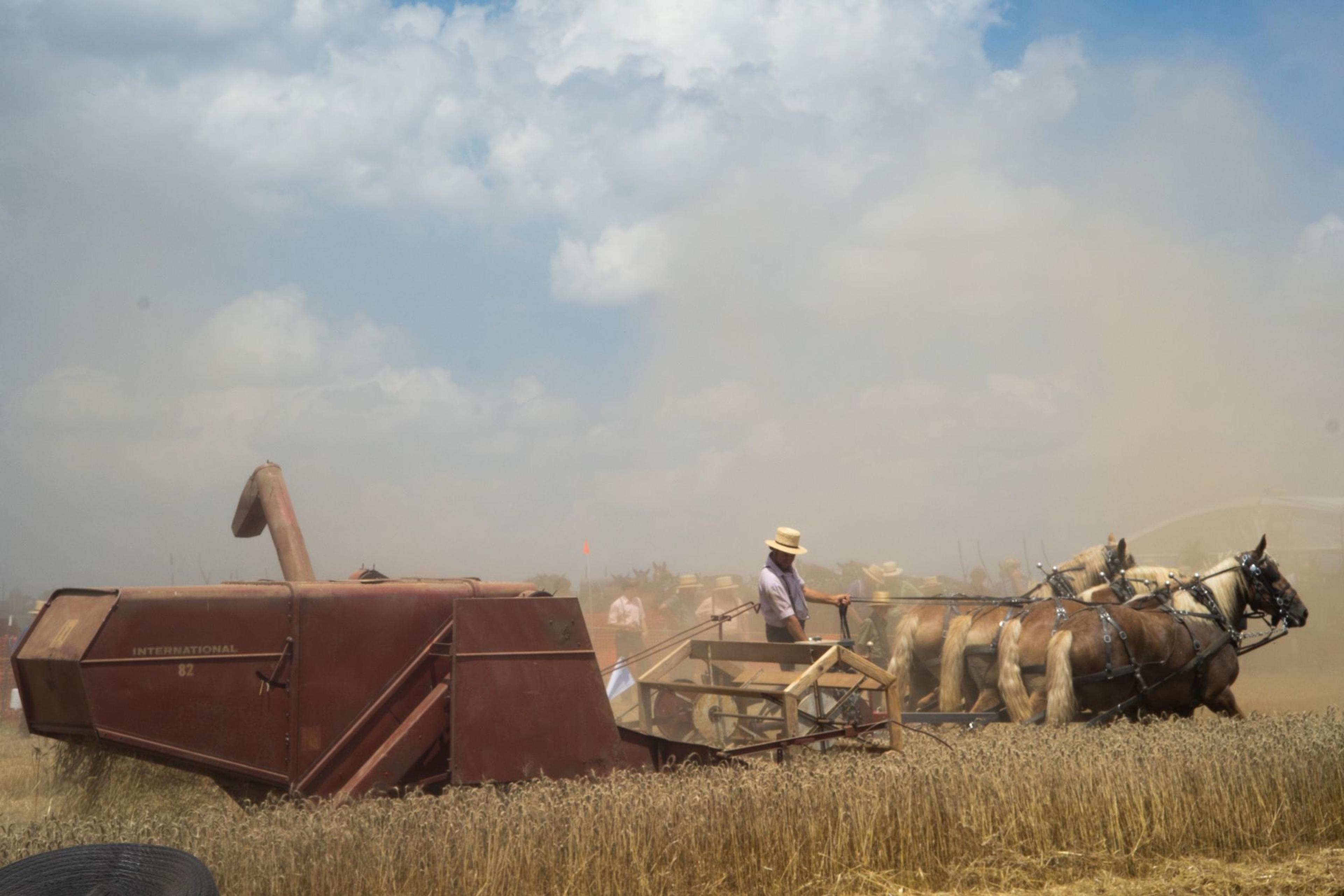
The story that resonated with me the most this year was Mining Bitcoin, Growing Tomatoes. I was fascinated by how Bitcoin mining, often criticized for its high energy consumption, can repurpose its waste heat to warm greenhouses and grow tomatoes. This convergence of financial technology and agriculture made me rethink how modern innovations can be adapted to address local challenges, such as heating costs in cold climates. However, it also raises questions about the long-term viability and sustainability of such solutions, considering factors like the limited lifespan of mining equipment and the specific needs of different crops. It’s a powerful reminder that effective solutions emerge when we combine disciplines and focus on the common good.
-Javier Aquino Florenciani
As a humanities professor working primarily with agricultural students, The Slow Death of the American Barn Cat sparked one of the most engaging class discussions I’ve had this year. I’m always looking for texts that connect the cultural and ethical dimensions of rural life to my students’ lived experiences. This story struck a perfect balance — thought-provoking, well-researched, and emotionally relatable. It inspired my students to think critically about the evolving relationship between tradition, sustainability, and modern agricultural practices. Well done!
-Mitch Plosonka
(Editor’s Note: Many readers chose the barn cat story as their favorite.)
For Struggling Cranberry Farmers, Wetland Restoration Offers a Way Out — or a Chance at Survival by James Reddick made me think about land usage in a way I really hadn’t before. The piece is a thoughtful, complex exploration of how cranberry farming changes the landscape in the short- and long-term. It never gets bogged down (sorry) in administrative details, but it is realistic about both permitting barriers to converting cranberry bogs and the potential for looking at them differently.
-Jules Reich
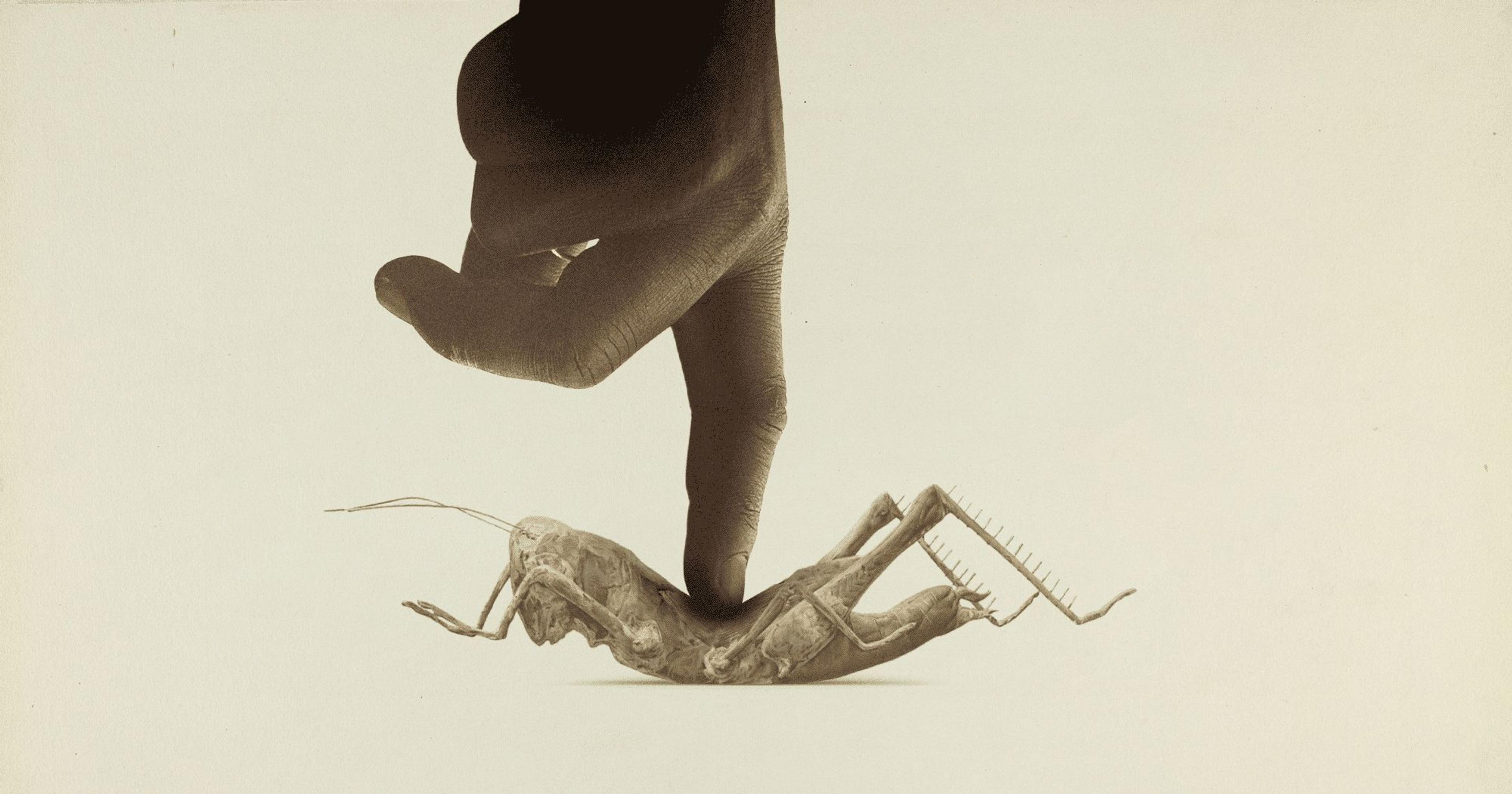
AR’s story on insect welfare immediately caught my attention because of my special interest in entomology. I enjoy sharing my knowledge with others, so I occasionally teach classes that include how to create your own insect collection. My primary method of collection has always been to catch live insects so that I can have the freshest possible specimens. Since reading AR’s article on insect welfare, I think twice about catching live insects; instead, I now rely on sustainably sourced insects, for example, farm-raised butterflies that have lived their full natural lives.
-Sydney Jackson
Fellow Pittsburgher Eve Andrew’s My Groundhog, Myself. As a gardener who’s been fighting with my own groundhog nemesis this year (one of many critters very happy to eat all my food plants), I very much appreciate Eve’s articulation of the internal conflict one feels when gardening. It’s lauded for bringing you closer to nature, but can actually make you feel at odds with it … or a little too much part of the ecosystem.
-Marie Cosgrove-Davies
A Different Kind of Farm really resonated with me for two reasons. First, I work for Farm Credit Administration, a small federal regulator of the Farm Credit System. I would love to see more of the institutions we regulate either make loans to those farms or offer small grants as they continue to focus on young, beginning, and small farmers. Second, I have an adult child with developmental disabilities. She has volunteered with her father on two different farms for over 15 years, one in South Carolina and now in New York City. She is also a beekeeper. She feels strongly that working on the farm has helped with her disabilities, and in particular, her mental health challenges, many of which stem from her developmental disabilities. It would be great if she were given the opportunity to get paid for doing the work that she loves.
-Lori Markowitz


